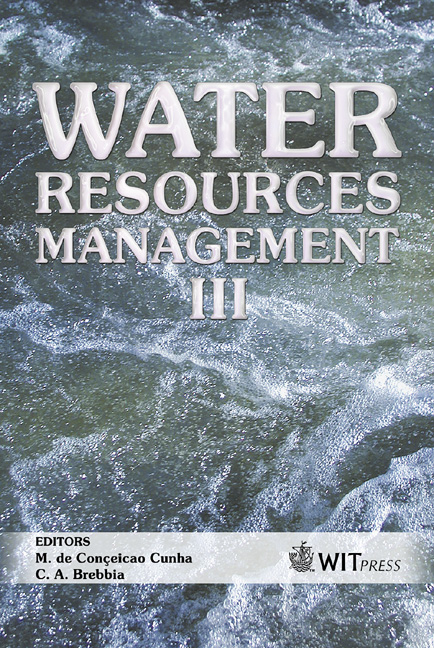A Multi-objective Approach For Wastewater System Planning At A Regional Level
Price
Free (open access)
Transaction
Volume
80
Pages
10
Published
2005
Size
484 kb
Paper DOI
10.2495/WRM050451
Copyright
WIT Press
Author(s)
M. da Conceição Cunha , L. Pinheiro, P. Afonso & J. Sousa
Abstract
In the four years since the European Union launched the Water Framework Directive (WFD) researchers have risen to the challenge of developing methodological tools to enable its stipulations to be implemented in a uniform manner. The WFD requires wastewater to be treated to meet specific effluent quality standards, and quality parameters for the receiving water bodies must also be satisfied. The trade-off between costs and the level of environmental protection has to be analysed. This paper presents a multi-objective model that can be very helpful for authorities deciding on the size and location of the various elements of a wastewater system in their region. Under the WFD, a combined approach to designing the sewer networks and treatment plants included in the system is required, and appropriate multi-objective models will be essential tools for arriving at an efficient overall design. Keywords: multi-objective models, simulated annealing, wastewater systems, Water Framework Directive. 1 Introduction The International Community has been showing growing concern for the environment over the past thirty years, in the wake of the Stockholm summit and the publication of the report, Limits of Growth, by the Club of Rome think-tank (Meadows et al. [1]). European Union has responded by introducing a number of Environmental Action Programmes and recently the Water Framework Directive (WFD) that is the outcome of a concerted policy effort to improve the quality of water throughout Europe. The WFD takes an integrated and sustainable
Keywords
multi-objective models, simulated annealing, wastewater systems, Water Framework Directive.





